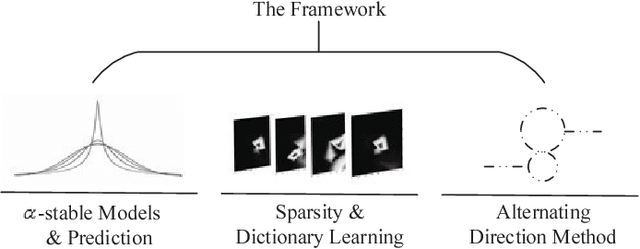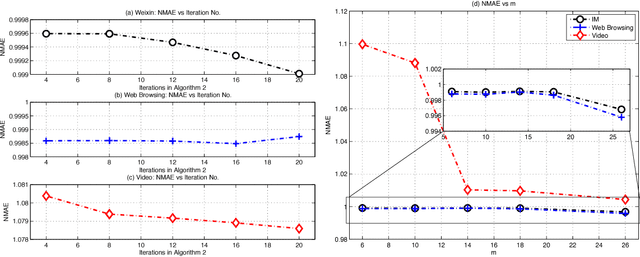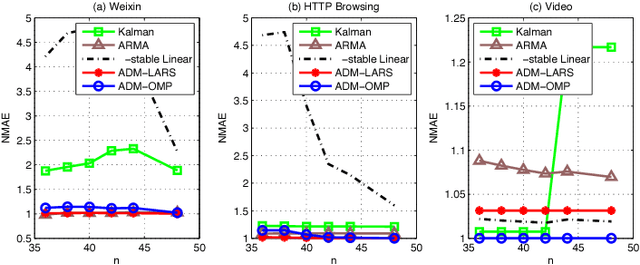Chengli Mei
The Learning and Prediction of Application-level Traffic Data in Cellular Networks
Mar 28, 2017



Abstract:Traffic learning and prediction is at the heart of the evaluation of the performance of telecommunications networks and attracts a lot of attention in wired broadband networks. Now, benefiting from the big data in cellular networks, it becomes possible to make the analyses one step further into the application level. In this paper, we firstly collect a significant amount of application-level traffic data from cellular network operators. Afterwards, with the aid of the traffic "big data", we make a comprehensive study over the modeling and prediction framework of cellular network traffic. Our results solidly demonstrate that there universally exist some traffic statistical modeling characteristics, including ALPHA-stable modeled property in the temporal domain and the sparsity in the spatial domain. Meanwhile, the results also demonstrate the distinctions originated from the uniqueness of different service types of applications. Furthermore, we propose a new traffic prediction framework to encompass and explore these aforementioned characteristics and then develop a dictionary learning-based alternating direction method to solve it. Besides, we validate the prediction accuracy improvement and the robustness of the proposed framework through extensive simulation results.
 Add to Chrome
Add to Chrome Add to Firefox
Add to Firefox Add to Edge
Add to Edge